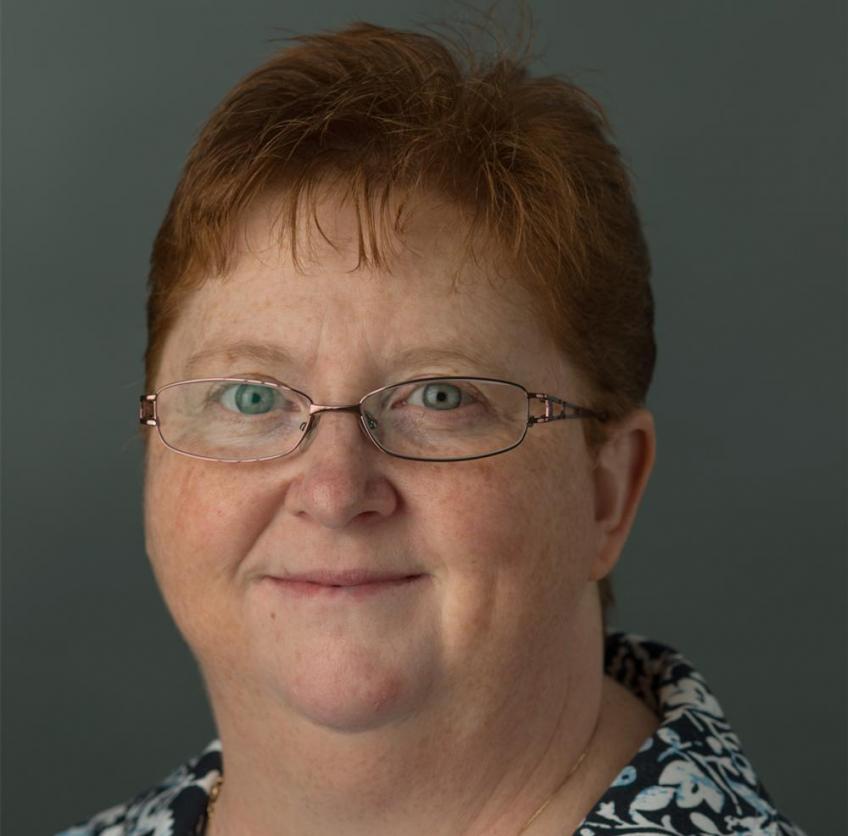Cheryl Howe, Ph.D.
- Associate Professor, Exercise Physiology
Areas of Expertise
- Childhood Cardiovascular & Metabolic Disease Risk Factors
- Childhood Obesity and Body Composition Measurement
- Energy Expenditure in Children
- Free-Living Physical Activity Measurement
- Pediatric Physical Activity Interventions
- Physical Activity Interventions
Expert Bio
Dr. Cheryl Howe believes understanding the behavior of children through accurate measurements is essential in combatting the childhood obesity epidemic. Her award-winning research on how to accurately measure children’s physical activity has led to the development of intervention programs that can be implemented to provide children with better exercise and ultimately prevent obesity.
A self-described technology buff, Howe investigates the effectiveness of new technologies and software in measuring several aspects of physical activity and body composition. Her studies focus on which physical activities, sports, common games or even motion-focused video games have the highest intensity along with the highest level of enjoyment, a key element in eliciting repeat behavior. Her most recent work involves the validation of new methods for measuring and tracking body composition and cellular health in youth for the prevention of childhood obesity.
Her studies combine the use of pedometers to measure steps, accelerometers to measure all movements, and GPS to track location in kid-friendly places, such as the playground or park. In one ongoing study, the accuracy of these technologies is currently being validated by videotaping the children playing during recess. The videos are then coded for location and behavior using direct observation software and compared to the monitor-derived location and behavior. This allows Howe to capture and analyze children’s behavior in free-living environments, such as a school playground.
Howe has also studied the effectiveness of the measurement devices (pedometers and accelerometers) against the “gold standard” in measurement technology, oxygen consumption using the Oxycon Mobile. This lightweight vest - clocking in at two pounds including the face mask and accessories - measures energy expenditure and breathing while allowing children to freely move in their play environment.
Howe measures intensity of physical activity in a measurement called metabolic equivalent (MET), a multiple of the energy one burns at rest. Recommended intensity for children’s physical activity is measured at 3 MET or higher, or three times their resting metabolism. Howe is developing step rates to correspond with the MET measurements. Physical education teachers, parents, and interventionists don’t have to be experts to use pedometer-based step rates when deciding which activities to prescribe as appropriate exercise for children.
